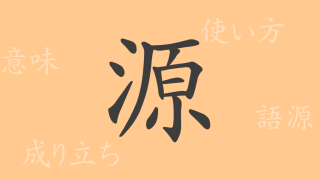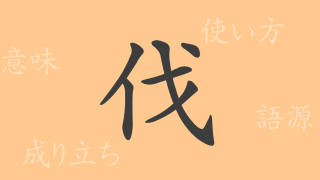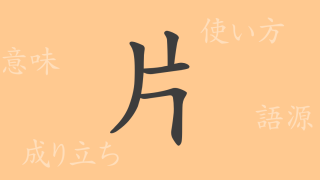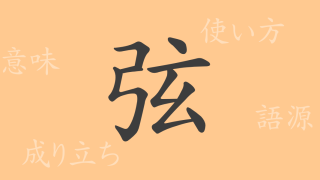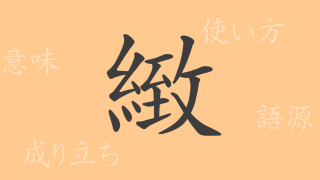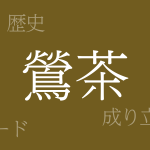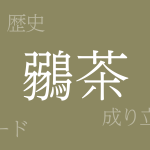Japan’s four seasons boast a unique palette of colors that have historically influenced many aspects of culture and art. Japanese traditional colors are particularly noted for their subtle shades and deep cultural roots. Among these, ‘Hiwairo (鶸色(ひわいろ))’ stands out as a symbol of the vibrant colors found in nature, conveying Japan’s tradition and aesthetic values to the present day.
About Hiwairo (鶸色(ひわいろ))
Hiwairo (鶸色(ひわいろ)), a vivid yellow-green, evokes the vitality of fresh spring leaves and young grass. Named after the color of the warbler’s (ひわ) feathers found in nature, this color has been used in Japanese clothing and crafts for centuries, offering a serene yet lively impression.
History of Hiwairo
The use of Hiwairo dates back to the Heian period, appearing in historical documents and used in the attire of nobles and military banners. During the Edo period, it became popular among the general populace through dyeing, with Hiwairo kimonos becoming fashionable. Over time, subtle changes in its shade have illustrated the delicacy of Japanese color perception.
Color Code of Hiwairo
To accurately reproduce Hiwairo in digital designs or web productions, the following color codes are provided:
- HEX: #D7CF3A
- RGB: R:215 G:207 B:58
- CMYK: C:24 M:16 Y:84 K:0
Western Name for Hiwairo
In Western contexts, Hiwairo is often referred to as ‘Light Green’ or ‘Yellow Green.’ However, fully conveying the cultural nuances specific to Hiwairo can be challenging due to its unique Japanese cultural background.
Summary on Hiwairo
Hiwairo is one of Japan’s beautiful traditional colors, nurtured within the nation’s natural and historical context. Its vivid hue continues to be cherished in the modern worlds of design and fashion, marking its significance as a symbol of Japanese culture. When expressing Hiwairo in digital or print, refer to the above color codes.







